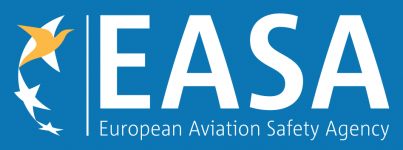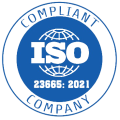In this 10-minute video, our instructor Laurent explains the general structure of the European legislation, the possibilities, and the conditions you must meet as a drone pilot.
A must-see for every beginning and advanced drone pilot! But of course, there is so much more than this. We cover it all in our course ‘EU legislation’.
Also on this page:
Mainly a hobby but commercial is also possible if restrictions are respected. General rule: the heavier the drone, the further away from people.
No permission is needed, but rules must be respected:
A device with ‘Cx’ certification (= safety systems present: remote ID, geo-awareness), indicated below by C0, C1, C2, C3, C4
NEEDED: theoretical training + theoretical exam (necessary with a C1 aircraft, recommended with a C0 aircraft)
NEEDED: theoretical training + theoretical exam + proof of practical training
NEEDED: theoretical training + theoretical exam
When? If the limitation of Open cannot be respected.
Because of the high risk, there is an obligation to prove through a risk assessment that it is safe to fly:
Specific Operation Risk Assessment (SORA)
More information upon request

The DGLV is part of the FPS Mobility and Transport and is responsible for the regulation and certification of civil aviation in Belgium.
The Government of the Netherlands and ILT are the aviation authorities in the Netherlands. RDW is the organization that deals with the registration of drones in the Netherlands.
EASA: European Union Aviation Safety Agency is responsible for all flying objects within the European Union, including UAS (Unmanned Aircraft System) legislation (= 1 legislation for all countries).
"*" indicates required fields
(more information – click here)





Onze website maakt gebruik van cookies en gelijkaardige technologieën voor diverse redenen, zoals het verbeteren van jouw gebruikservaring, het aanpassen van advertenties en het analyseren van het gebruik van onze website en applicatie. Voor meer informatie over de cookies die we gebruiken kan je onze Cookie Policy lezen.
Door te klikken op “alle cookies aanvaarden” ga je akkoord met het gebruik van alle cookies. Via ‘cookie instellingen’ kan je je voorkeuren beheren en de plaatsing van één of meerdere cookies uitschakelen.
Interesse? Nog geen cursist?